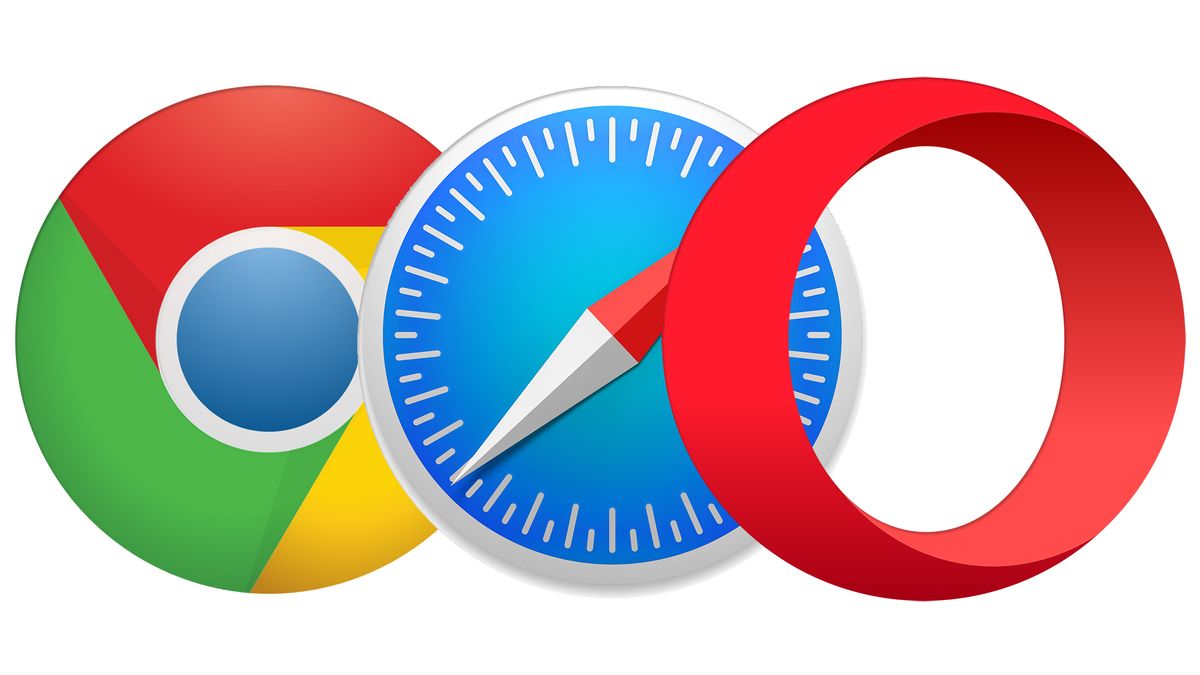YouTube has come up with a new tactic to thwart ad blockers: it embeds ads directly into video content using a method called “server-side ad insertion.” This approach makes it considerably harder for ad blockers to detect and block ads. However, while there is no immediate solution to this problem, we are currently exploring ways to combat this new tactic and remain optimistic that we can overcome this obstacle in the future.
How it started
For the past year, YouTube has been stepping up its battle against ad blockers. Initially, it experimented with pop-up messages informing users that “ad blockers are not allowed on YouTube.” The Google-owned platform subsequently began testing a three-strike policy, warning viewers that video playback would stop after three videos unless they disabled their extensions. Some warnings even featured a countdown clock that could last up to 60 seconds, showing users how much time they had left to “allow YouTube ads” or “try YouTube Premium,” before they were shown the message again.
Co-founder and CTO of Adguard.
Here's how it goes: a new escalation
Throughout this period, ad blockers have persisted and largely adapted to YouTube’s ad-blocking ways. Ad blockers and YouTube have been locked in a perpetual game of tug-of-war, with neither side achieving definitive victory.
Now, YouTube appears to have upped the ante in the ongoing battle by revealing what it hopes will be its trump card. As first reported by 9to5Google, YouTube was caught using a method known as server-side ad injection. We’re already seeing reactions from other ad-blocking extension developers.
For example, the developer of a crowdsourced ad blocking extension, SponsorBlock, announced that the extension will not work for users involved in this experiment (as server-side ad injection appears to be a limited test for now) anytime soon.
The AdGuard team has also observed the new method of ad insertion. How does it work and how is it different from what YouTube did before?
Server-side ad insertion: It's not something completely new
Server-side ad insertion differs from normal YouTube ad insertion techniques primarily in the way ads are displayed to viewers. In traditional methods, ads are displayed separately from the video content, allowing ad blockers to intercept and block them. With server-side ad injection, however, the ad becomes part of the video stream itself, making it indistinguishable from the content. This means that ad blockers are less effective because they cannot differentiate between the ads and the video itself.
However, while YouTube hasn’t employed this method on the web before, it has been using a strikingly similar tactic within its mobile apps. To dig deeper into the technicalities, YouTube has been leveraging the UMP protocol to load video metadata, ad metadata, and the videos themselves in requests to *.googlevideo.com. This domain, run by Google, serves as a platform for hosting and delivering various types of video content across Google services, including YouTube.
The similarity between this protocol and YouTube’s new ad insertion tactics lies in its approach to data bundling and distribution. Just as server-side ad insertion integrates ads directly into video content, UMP packages video and ad metadata, ads, and the content itself into a simplified format.
What does this mean for ad blockers?
In short, new ad insertion tactics pose more problems for ad blockers, as they significantly hamper the ability of ad blockers to effectively filter ads from responses sent by YouTube to requests to play a video on your device. Ad blocking extensions are especially vulnerable to these tactics compared to desktop ad blocking apps, as they have fewer resources available to counter this method.
There is currently no foolproof solution to this problem, but this does not mean at all that it will not arise in the future. Filter developers are already working on short-term solutions and are actively looking for a more stable solution.
Link!
This article was produced as part of TechRadarPro's Expert Insights channel, where we showcase the brightest and brightest minds in the tech industry today. The views expressed here are those of the author, and not necessarily those of TechRadarPro or Future plc. If you're interested in contributing, find out more here:









